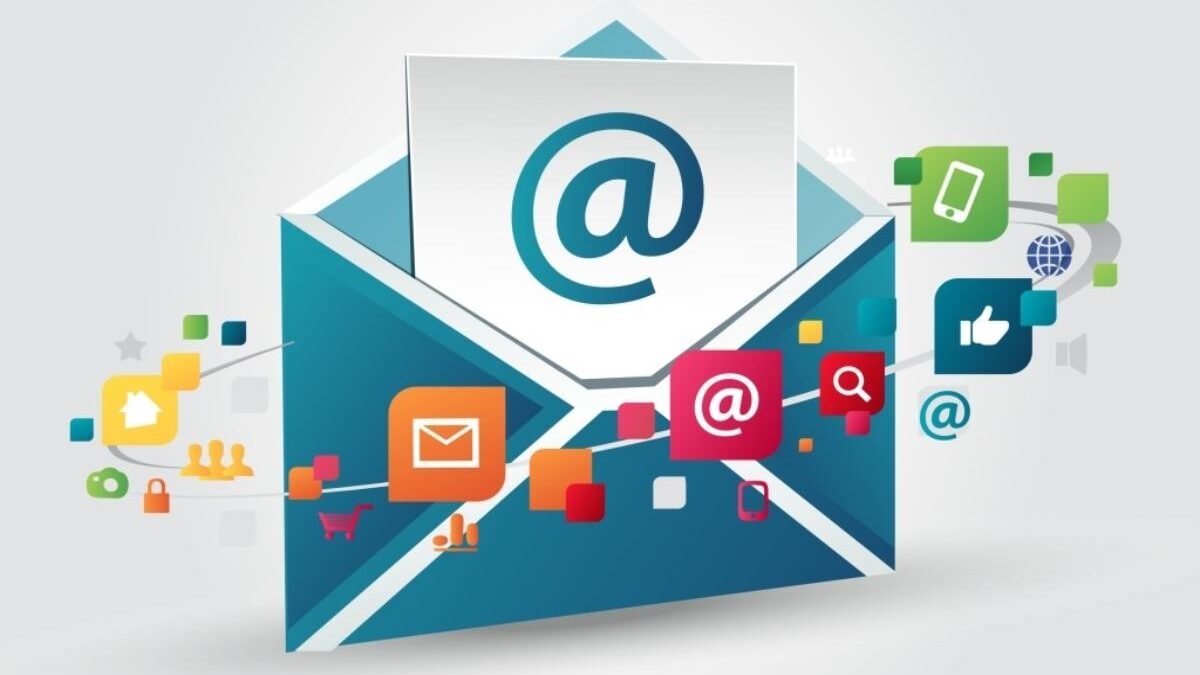Table of Contents
Introduction
An email marketing plan is a structured strategy that helps businesses build meaningful, long-term relationships with their subscribers through consistent, valuable communication. You can’t simply send emails to thousands of random addresses and expect results. Successful email marketing requires planning, relevance, and trust.
Email marketing works best when brands focus on delivering value, offering support, and nurturing relationships over time. However, building and maintaining these relationships requires effort and organization. That’s why having a well-defined email marketing plan is essential.
This article will walk you through why an email marketing plan is necessary and how to create one step by step.
Why Is an Email Marketing Plan Necessary?
A well-thought-out email marketing plan helps businesses achieve multiple goals, including:
1. Resource Optimization
Having a plan allows you to manage time, budget, and effort more efficiently. Instead of sending random campaigns, you can focus on the right audience with the right message, reducing wasted resources and improving ROI.
2. Better Understanding of Your Audience
Planning an email strategy requires data analysis. You’ll learn more about your subscribers’ preferences, behaviors, and needs. This insight helps you create more relevant content and improves engagement over time.
3. Personalized Customer Experience
By analyzing past campaigns, you can determine when subscribers are most likely to open emails, which content they prefer, and what offers convert best. This data allows you to personalize subject lines, content, and offers for better results.
4. A Consistent Buyer Journey
An email marketing plan helps guide subscribers from awareness to consideration and finally to purchase—and beyond. Instead of pushing sales, you focus on solving problems and supporting customers at every stage of their journey.
How to Create an Email Marketing Plan
Email marketing is a powerful but complex channel. To succeed, you need to master several key elements, from tools and audience building to content and automation.
Below are the essential steps to create an effective email marketing plan.
Choose the Right Email Service Provider (ESP)
The term “Courier Service” is incorrect in email marketing. What you need is a reliable Email Service Provider (ESP) that specializes in mass email campaigns.
Choose an ESP that offers:
-
Email automation
-
Segmentation and personalization
-
Analytics and reporting
-
List management tools
Additionally, configure email authentication settings such as SPF, DKIM, and DMARC to improve deliverability and avoid spam filters. If you’re using a new domain or IP address, gradually increase your sending volume to properly “warm up” your emails.
Generate and Grow Your Email List
Email marketing starts with permission-based list building.
Ways to Generate Leads:
-
Add subscription forms to your website or blog
-
Offer incentives such as free guides, discounts, or newsletters
-
Use pop-ups or embedded forms strategically
You can also use multi-channel opt-in forms to reach users on platforms like Facebook Messenger, WhatsApp, or Telegram by linking chatbots to your email list. This helps expand your reach beyond just your website.
Choose Your Communication Style
Your email tone and design should match your brand and audience expectations.
For example, an online music store may benefit from:
-
A friendly, conversational tone
-
Bright colors and bold visuals
-
High-quality images of instruments
Consistency is key. Your design, voice, and messaging should be recognizable across all emails to strengthen brand identity.
Nurture Subscriber Expectations
Content plays a crucial role in email marketing success. Subscribers expect value, not constant promotions.
How to Nurture Expectations:
-
Balance promotional and educational content
-
Answer common customer questions
-
Share tips, tutorials, and guides
For example, a music-related business could send:
-
Beginner guides (e.g., choosing the right guitar)
-
Educational content (e.g., how to maintain instruments)
-
Occasional product recommendations
A weekly or biweekly newsletter with helpful content keeps subscribers engaged and builds trust over time.
Use Automation to Scale Your Strategy
Automation is one of the most powerful elements of an email marketing plan. It allows you to deliver timely, relevant messages without manual effort.
Common Email Automation Examples:
-
Welcome email sequences
-
Abandoned cart reminders
-
Post-purchase follow-ups
-
Re-engagement campaigns
Automated emails are triggered by user actions, ensuring that subscribers receive the right message at the right time—while saving you time and effort.
Conclusion
A successful email marketing plan is built on strategy, consistency, and value. By choosing the right Email Service Provider, growing a permission-based list, delivering relevant content, and using automation effectively, businesses can create meaningful connections with their audience.
Rather than focusing solely on sales, a strong email marketing plan prioritizes trust, education, and long-term engagement—leading to higher conversions and sustainable growth.

